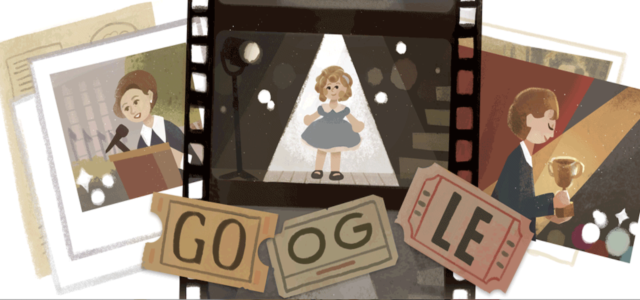Denis Villeneuve e il rapporto con l’immagine
Siamo abituati a descrivere ogni cosa che vediamo così tanto da pensare che immagine e parola siano la stessa cosa, ma con Bergson abbiamo imparato che l’immagine viene prima della parola. Prima di dire cosa stiamo guardando la stiamo già guardando. E’ il paradosso della percezione, che mentre si forma si confonde con il ricordo. Villeneuve nei suoi film sembra aver intuito questa potenzialità propria dell’immagine.
La percezione de-spostata
Pensiamo ad Arrival e al recente Dune, due kolossal fantascientifici tratti da due intriganti romanzi: “quando” avviene esattamente quello che viene narrato, se spazio e tempo come li conosciamo vengono messi in discussione? Da che punto è vista la storia?
Ma pensiamo anche a Prisoners, un giallo-crime che ci insinua continuamente una curiosità incredibile verso la scoperta dei colpevoli, salvo farci capire, una volta scoperti, che questa curiosità non era tanto per i colpevoli ma per tutto quello a cui assistiamo, che il film stesso era “curiosità” verso un male senza (as)soluzione. La preghiera iniziale, e gli ossessivi sguardi nel vuoto/vicoli ciechi dei personaggi, non fanno che “bucare” in una situazione che è già degradata, proprio come l’alcool in cui si affoga il protagonista. In Sicario apre con l’orrenda e agghiacciante scoperta dei corpi nel muro, per poi virare l’horror in un action/spy movie vivace e stimolante, salvo concludersi in un desolante e cinico finale. Per farci ammettere che era meglio l’orrore della scena iniziale, perché almeno “innocente” nella sua anonima, per quanto inconcepibile, ripugnanza.
C’è sempre un punto cieco, di lato, che consente di percepire l’intero del film, la sua narrazione, i suoi cambiamenti…Sono i silenzi, le inquadrature anonime (senza sguardo di qualcuno, depersonalizzate).
La cinepresa di Villeneuve è ” inquadratura spostata” fin dall’inizio, in una strana messa a fuoco, che è al contempo sfocatura, una profondità di campo che è al contempo “sospensione del giudizio”. All’inizio di Prisoners assistiamo al protagonista disperato alla ricerca della figlia rapita, ma al contempo assistiamo all’incredulità di questo improvviso avvenimento: la cinepresa si muove quasi fosse una ripresa amatoriale (ma non lo è), rimane ferma su angoli della casa come una “natura morta” qualunque, mentre si svolge un dramma (atipico per un film drammatico che dovrebbe centrarsi su primi piani disperati e dettagli angoscianti). C’è un non-detto in quella scena che altro non è che l’avvenimento in corso. Ecco perché Villeneuve ha abbracciato con disinvoltura la fantascienza…gli alieni che parlano tramite il tempo cosa sono se non questi “buchi neri” del “vissuto”, che come tale è espressione di eventi ma al contempo l’evento stesso, perché inseparabile da esso?



